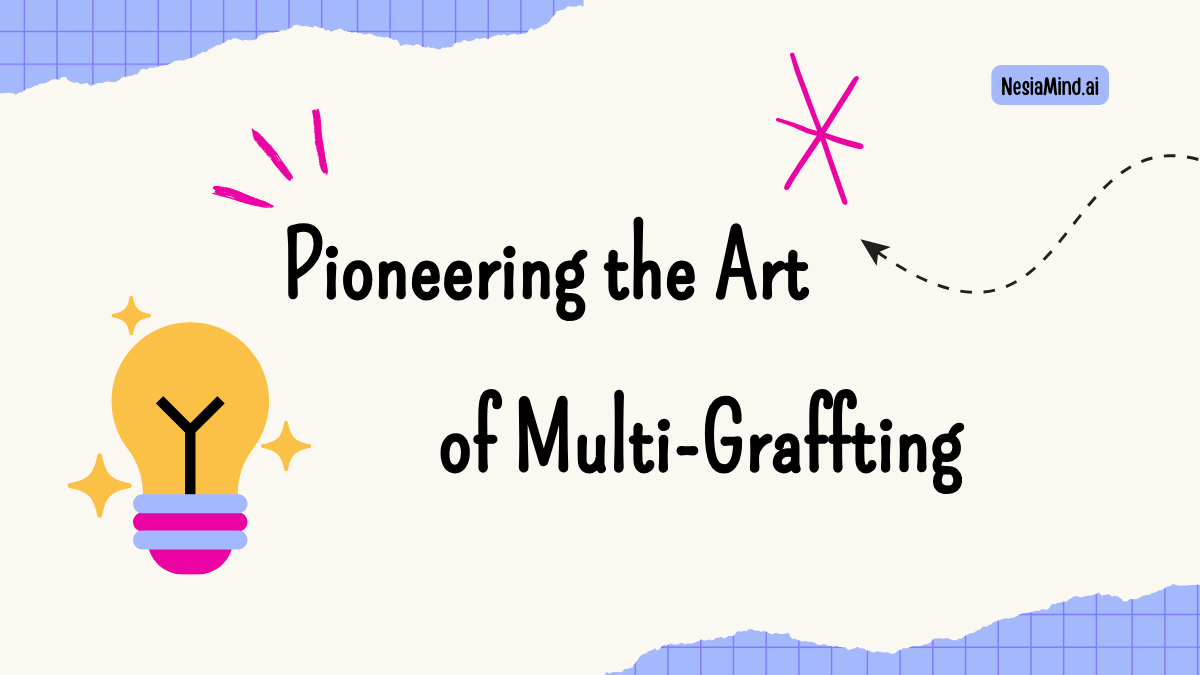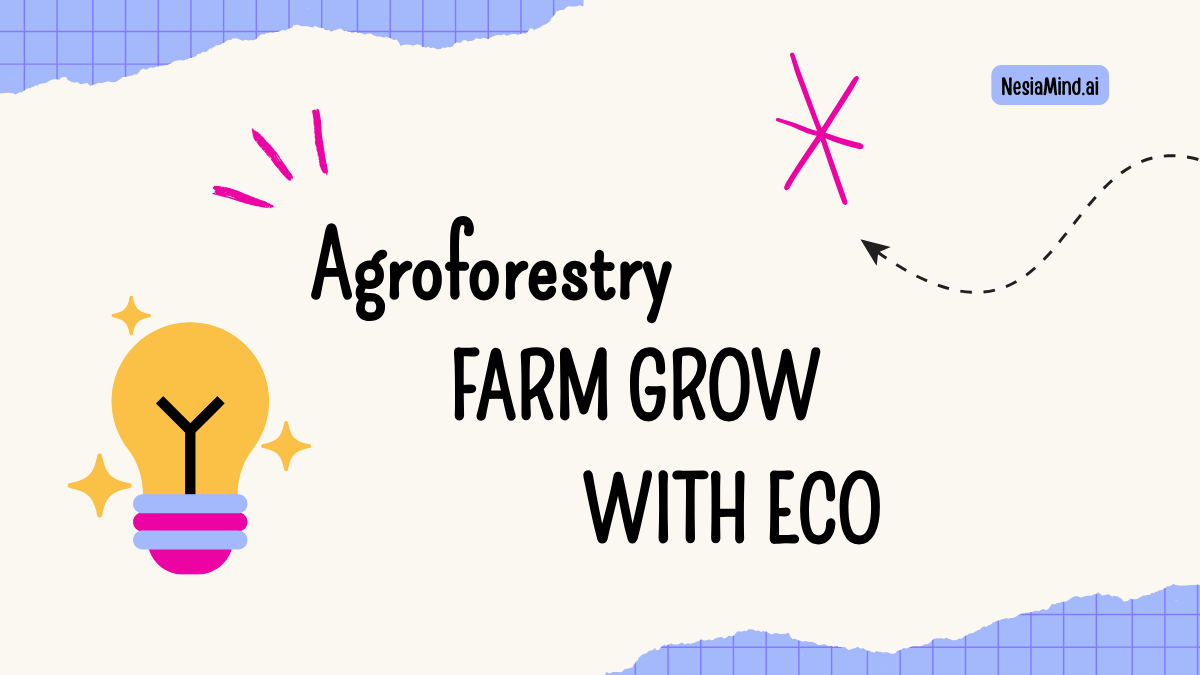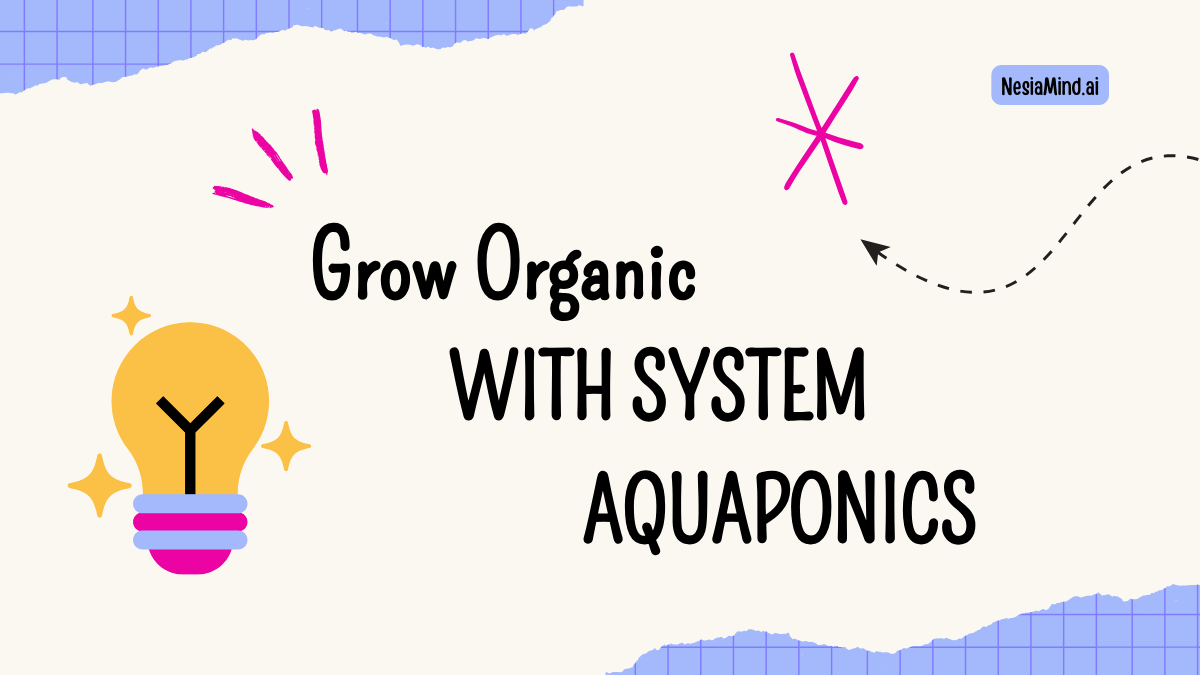Pioneering the Art of Multi-Grafting
The synthesis of disparate fruit cultivars onto a single rootstock transcends conventional pomology, yielding living chimera specimens that bear cherries, plums, apricots, and peaches on contiguous scaffold branches. This endeavor unites botanical acuity with artisanal craftsmanship, demanding mastery of ontogenetic compatibility, cambial alignment, and hormonal orchestration. Experts who embark on multi-grafting navigate a labyrinth of physiological nuance—balancing auxin gradients to steer apical dominance, mitigating allelopathic interactions between graft partners, and calibrating seasonal phenology to synchronize bloom windows.
Unlike monocultural orchards, multi-fruit trees condense agrobiodiversity into a singular, sculptural canopy. Such arboreal mosaics command premium prices in specialty nurseries and experiential horticultural markets. The narrative of graft assemblage—each bud’s provenance, each branch’s genealogical lineage—becomes a potent marketing talisman. Below unfolds an in-depth compendium on establishing, cultivating, and commercializing unique multi-fruit trees, equipping expert horticulturists and agri-entrepreneurs with methodologies, case studies, and actionable insights.
Historical Context and Modern Applications
Grafting dates to ancient China and Mesopotamia, where scions of pome and drupe species were conjoined to enhance yield and hardiness. Medieval arborists refined these techniques, birthing codices on whip grafts and cleft grafts. However, multi-grafting remained an esoteric craft, relegated to royal gardens. Today’s agrotech renaissance rekindles interest: precision grafting robots, CRISPR-aided compatibility screening, and phytohormone treatments enable unprecedented graft success rates. Modern practitioners weave time-honored methods with biotechnological innovations, forging trees that serve both ornamental and edible functions.
Principles of Ontogenetic Compatibility
Successful graft unions hinge on synchronizing tissues at equivalent developmental phases. Juvenile scions exhibit vigorous callus proliferation but may lack flowering propensity, whereas mature scions flower readily but callus less exuberantly. Matching ontogenetic stages—juvenility indexes gleaned via telomere length assays or epigenetic markers—ensures cambial congruence. Phylogenetic affinity curtails graft-incompatibility: genera within Prunus often coalesce, whereas crosses between citrus and pome species invariably fail. Expert grafter’s lexicon includes terms like parenchymatous interfascicular cambium and xylem-phloem continuity, underscoring the microscopic fusion essential to sap flow and nutrient transport.
Selecting Scion and Rootstock Combinations
Scion Trait Profiling
Identify cultivars prized for flavor compounds, sugar-acid ratios, and phenolic content. Sequence the allelic variants of MdSUT1 (sucrose transporter) or PpACO1 (ethylene biosynthesis) to anticipate post-harvest shelf life. Reserve scions exhibiting polyembryony for simultaneous rootstock propagation.
Rootstock Vigor and Disease Resistance
Rootstocks impart dwarfing or semi-vigorous habits, dictating ultimate canopy dimensions. Select rootstocks like ‘Malling 9’ for high-density plantings or ‘Citation’ for calcareous soils. Utilize rootstocks with resistance loci against Verticillium or Pseudomonas syringae to fortify against soilborne pathogens. Genomic screening of rootstock lines via SSR markers accelerates selection of ideal understock candidates.
Grafting Techniques for Multi-Grafting
Whip and Tongue Graft
Integrate scions 10–15 cm in length with matching diameter to rootstock. Execute interlocking cut surfaces at a 45° angle, carving complementary tongues to secure mechanical stability. Wrap union sites with grafting tape and seal with paraffin-based wax to inhibit desiccation.
Implementation Steps
-
Sterilize blades with 70 % ethanol
-
Align bark flaps ensuring cambial layers coincide
-
Insert spliced tongues and bind firmly
-
Apply graft sealant containing indole-3-butyric acid (IBA) to promote callus growth
Bud Grafting and Patch Grafts
Bud grafting suits dormant-season operations. Excise shield-shaped buds from donor cultivars, slip them under the bark of actively growing rootstocks, and secure with elastic bands. Patch grafts facilitate replacement of diseased trunk sections—cut rectangular bark windows and insert scion patches prefabricated in vitro.
Cleft and Bridge Grafts
Cleft grafts accommodate grafting of multiple scions into a single rootstock trunk, ideal for creating four-variety trees. Split the stock vertically, insert wedge-shaped scions, and wrap. Bridge grafts remediate girdled trunks by spanning vascular discontinuities with scion strips, maintaining phloem transport.
Designing a Multi-Fruit Canopy
Phased Graft Scheduling
Stagger grafting intervals by 2–4 weeks to align flowering phenophases. Early spring grafts of cherry and apricot precede plum and peach by a fortnight, averting resource competition during bud break.
Spatial Considerations and Canopy Architecture
Map branch positions with polar coordinates, ensuring radial dispersion of fruit types to balance light interception. Employ 3D canopy modeling software—such as OpenAlea or GroIMP—to simulate light attenuation and pruning outcomes.
Managing Hormonal Gradients
Leverage polar auxin transport modulators to adjust apical dominance among grafted scions. Applications of ethephon can expedite fruit ripening synchrony, while gibberellic acid sprays mitigate biennial bearing tendencies.
Cultivation Protocols and Orchard Management
Soil Amendment and Mycorrhizal Inoculation
Inoculate root zones with arbuscular mycorrhizal fungi (Rhizophagus intraradices) to enhance phosphorus uptake and drought tolerance. Amend soil with biochar and composted hardwood to optimize cation exchange capacity and stabilize pH between 6.0 and 6.8.
Pruning Schedules and Nutrient Mobility
Implement annual winter dormant pruning to remove competing shoots, favoring scaffold limbs hosting desired scion varieties. During active growth, conduct summer corrective pruning to maintain slender fruiting spurs and prevent alternate bearing. Foliar nutrient applications—chelates of zinc and manganese—ensure micronutrient mobility pivotal for multi-cultivar trees that demand variable element ratios.
Integrated Pest and Disease Management
Deploy pheromone disruption techniques for codling moth and oriental fruit moth across all grafted varieties. Rotate bactericidal copper sprays with biological control agents like Bacillus subtilis formulations to suppress bacterial spot and blight. Sanitation protocols—removal of mummified fruits—reduce overwintering pest reservoirs.
Harvesting and Yield Optimization
Fruit Maturation Synchrony
Monitor °Brix levels, fruit firmness (penetrometer readings), and chlorophyll fluorescence (Fv/Fm) to pinpoint harvest windows for each cultivar on the same tree. Sequential harvests over 4–6 weeks ensure peak quality without overburdening labor resources.
Sequential Cropping Strategies
Design canopy stratification so that fruits of differing maturation times occupy distinct vertical tiers. Early-season cherries at the uppermost bifurcations, mid-season peaches in mid-canopy, late-season plums lower down—allowing harvesters to access each tier efficiently.
Post-Harvest Processing and Value Addition
Handling Mixed Citrus and Pome Varieties
When multi-grafting across fruit families is feasible—citrus with kumquats and calamondin—ensure post-harvest segregation by cold chain parameters. Pomes prefer 0 °C at 90 % RH; citrus stores at 4 °C at 80 % RH. Integrated cold rooms with compartmentalized zones preserve distinct fruit physiologies.
Packaging, Storage, and Branding
Adopt modified atmosphere packaging (MAP) using films with differential O₂ and CO₂ permeability tuned to each fruit’s respiration rate. Design visually arresting labels that narrate the tree’s multi-graft origin story—QR codes linking to orchard timelines and cultivar genealogies bolster consumer engagement.
Marketing Unique Multi-Fruit Trees
Storytelling and Provenance
Craft narratives around each grafted scion’s heritage: the heirloom ‘Black Tartarian’ cherry that traces to 19th-century Californian orchards, the Italian ‘Carabao’ mango that thrived in tropical microclimates. Position your multi-fruit trees as living heirlooms.
Direct-to-Consumer and Wholesale Channels
DTC channels—nursery pop-ups, online seedling subscriptions, experiential farm tours—appeal to hobbyists seeking conversation pieces. Wholesale to botanical gardens, specialty garden centers, and luxury resorts expands reach. Offer bespoke grafting workshops as value-added services.
Educational Workshops and Experiential Sales
Host grafting masterclasses, blending didactic lectures on cambial physiology with hands-on whip-grafting sessions. Participants depart with saplings bearing multiple budding scions—a tangible emblem of their skill and your brand’s expertise.
Case Study The Verdant Chimera Orchard
Genesis of the Project
Founded by horticulturist Dr. Anindya Prasetya, the Verdant Chimera Orchard began as an experimental plot in Banyuwangi. Initial trials grafted four Prunus spp. onto a semi-dwarf Pyrus rootstock.
Technical Challenges and Solutions
Early graft failures stemmed from saprophytic fungal ingress at union sites. Introduction of biofungicidal wound dressings containing Trichoderma harzianum elevated union success from 60 % to 92 %. Synchronizing bloom times required exogenous gibberellin applications at 50 ppm during pre-bloom.
Commercial Outcomes
By year five, Verdant Chimera produced over 1,000 multi-fruit saplings annually, sold at USD 120 each. The orchards’ experiential grafting retreats attracted 300 participants per season, generating secondary revenue streams.
Innovations and Future Directions
Genetic Marker-Assisted Grafting
Mapping QTLs related to graft union compatibility may soon allow pre-screening of scion–rootstock combinations, accelerating breeding of bespoke multi-fruit trees.
Automated Grafting Robotics
Robotic platforms equipped with AI-guided vision can execute micro-precision cuts and insertions, standardizing graft quality at industrial scale.
Blockchain Traceability
Immutable ledgers capturing grafting dates, scion provenance, and nursery conditions authenticate tree pedigrees, commanding trust in high-end markets.
Expert Tips and Tricks
-
Source scions during peak dormancy to preserve endogenous moisture and cytokinin levels
-
Use grafting wax infused with salicylic acid to bolster callus proliferation and pathogen resistance
-
Maintain humidity chambers at 90–95 % RH for four weeks post-grafting before acclimatization
-
Sequence epigenetic markers to gauge scion juvenility and flowering potential
-
Apply polarized light therapy to graft unions to stimulate vascular differentiation
-
Leverage computational fluid dynamics to model spray coverage for foliar inputs
-
Rotate scion positions annually along the trunk to prevent nutrient depletion in specific sectors
-
Co-cultivate nitrogen-fixing groundcovers to enrich rhizosphere fertility and suppress weeds
-
Integrate UAV-based multispectral monitoring for early detection of union necrosis
-
Offer limited-edition numbered saplings with provenance certificates to elevate perceived value
Embarking upon the cultivation and commercialization of multi-fruit grafted trees melds rigorous science with horticultural artistry. Those who master the interplay of ontogenetic alignment, precise grafting techniques, and evocative storytelling will cultivate not only orchards but enduring legacies in the realm of specialty pomology.











Leave a Reply